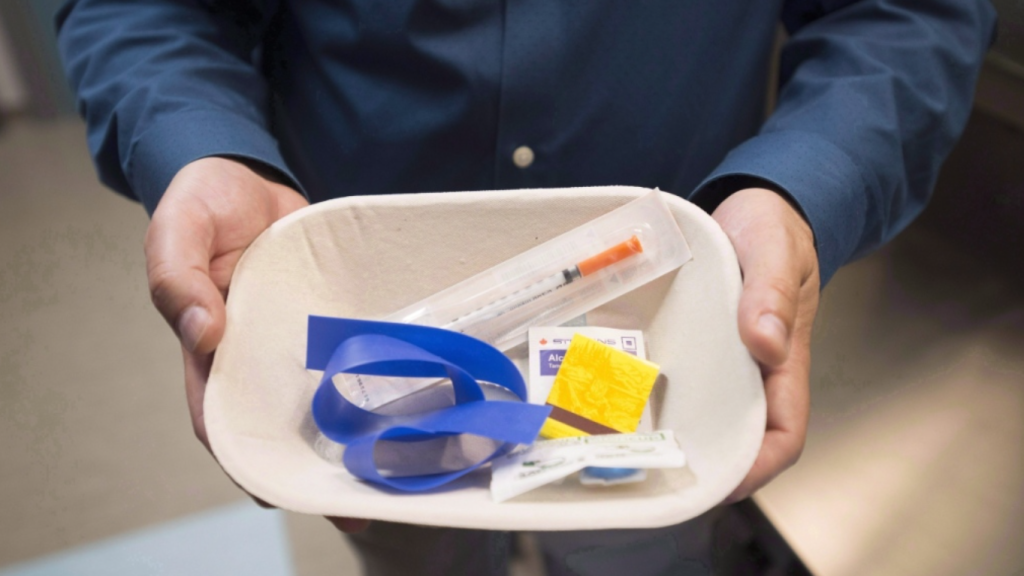Ontario changes safe consumption sites; banning one in Kitchener, Guelph

Posted Aug 20, 2024 09:58:36 AM.
Last Updated Aug 20, 2024 04:12:05 PM.
The Ontario government announced new restrictions on supervised drug consumption sites, including a ban on sites within 200 metres of schools and childcare centres, which will lead to the closure of 10 facilities.
The new provincial restrictions will include addiction recovery supports with new treatment hubs, called Homelessness and Addiction Recovery
Treatment (HART) Hubs, that will add up to 375 highly supportive housing units, including addiction recovery and treatment beds.
Ontario’s Health Minister Sylvia Jones made the announcement at a press conference on Tuesday afternoon.
The government is also mandating new measures to better protect community safety near currently active sites, including new requirements for safety and security plans.
There are currently 17 provincially regulated consumption sites in the province. The 10 sites that will have to close are provincially-funded and one self-funded site. The sites are located in Toronto, Ottawa, Kitchener, Thunder Bay, Hamilton and Guelph.
These sites aim to reduce the harm associated with drug use, such as overdose deaths, the spread of infectious diseases, and public drug use. The centres also often offer drug testing, clean supplies to prevent disease spread, and referrals to detox or treatment facilities.
Premier Doug Ford has pulled funding from some supervised consumption sites and, in 2018, said he was “dead against” them. Ford has also previously indicated in past comments that changes to these sites are needed, referencing them as a haven for drug dealers.
Safe consumption sites are often located in areas with high rates of drug use, and on-site staff are trained to recognize the signs of overdose and are equipped with naloxone.
Proponents of the public sites say one of the primary advantages is their ability to reduce fatal overdoses. In contrast, others argue that the sites send the wrong message about drug use, normalizing it instead of encouraging people to quit.
With files from The Canadian Press








